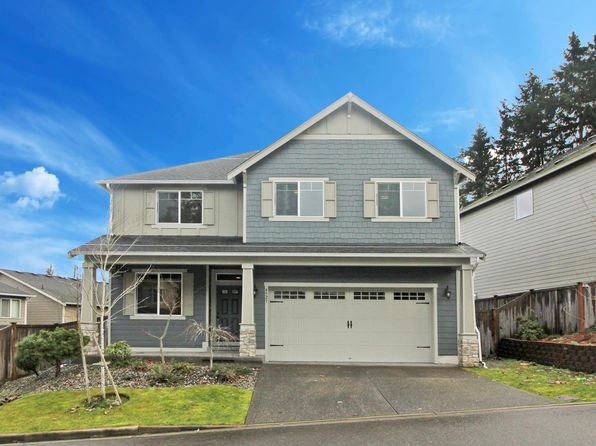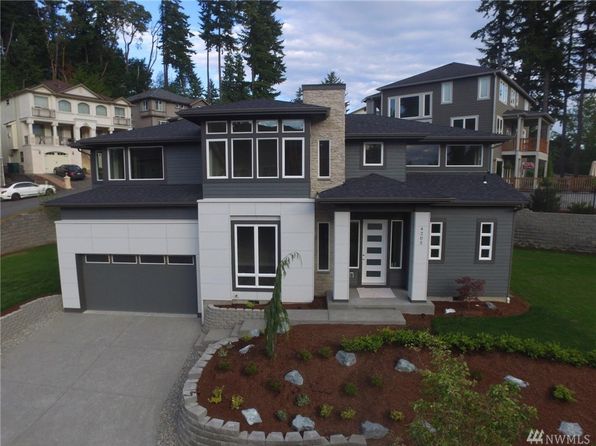Table Of Content

The typical factory preset is 50 psi, which is standard for water pressure. However, the setting of these devices can accidentally be too low. Even if a valve looks open, the slightest closure could lead to massive changes in water pressure and flow. If these valves aren’t open, be sure to open them fully, and you’ll find that the water pressure increases. Others prefer to call a plumbing professional to handle the problem. Either way, there are tons of ways to increase water pressure in your home.
Well Water vs. City Water: What’s the Difference?
With a bit of research, a little investigation, some know-how, and maybe a little professional help, you should be able to improve house water pressure in almost any scenario. If your water pressure or flow rate is suboptimal, you can make a few upgrades to your plumbing system to improve it. Just remember that these should all be done by a professional and shouldn’t be DIY projects. If you suspect or confirm that plumbing leaks are your issue and believe they’re minor, you can repair them yourself using a pipe repair kit.
Low Water Pressure in the Shower
The pressure is adjustable at the pressure switch, which is located adjacent to the pressure tank. To raise the system pressure, first turn off the power to the pump and remove the cap on top of the pressure switch. Here you will see two threaded posts, one tall and one short, with a nut around each. To increase water pressure, give the plastic nut on the tall post a clockwise turn. If the water pressure entering the house is sufficient (50 lb. to 80 lb.), you could survive the pressure loss. But in rural areas where incoming water pressure might dip down to 30 lb., there will be a problem.
How to Increase Water Pressure in a Tap or Shower
Phyn Plus (2nd Gen) review: Incrementally better than before - TechHive
Phyn Plus (2nd Gen) review: Incrementally better than before.
Posted: Thu, 03 Nov 2022 07:00:00 GMT [source]
But the lowest pressure will still be higher than what you had before, and the upper end may be 20 lb. If you’re experiencing low water pressure in your apartment, first notify your landlord or building management as the problem may affect others in the building. Cleaning showerheads and aerators can help remove mineral deposits that restrict water flow. If necessary, discuss the possibility of installing a pressure booster or pressure regulator with your landlord. Understanding the causes of low water pressure and knowing how to test your current pressure will allow you to pinpoint the most effective methods to increase it. This article will guide you through practical steps and options, such as installing pressure booster pumps, to improve the water pressure in your home.

If this is the case, increasing water pressure will require installing a water pressure booster pump. To get your pressure to the recommended levels, you will need a water pressure regulator. This is a common plumbing valve installed right after the pipe where the water meter enters the house. If you already have one installed and you still have high pressure, chances are it needs to be adjusted (see below), repaired, or replaced. If you do not already have one installed, it may be time to call the pros. It is an inexpensive and easy job for a trained plumber but may require adjusting the height of the water main and other advanced tasks.
We tried Jolie’s viral filtered shower head — here’s our honest review - CNN Underscored
We tried Jolie’s viral filtered shower head — here’s our honest review.
Posted: Thu, 28 Sep 2023 07:00:00 GMT [source]
How to Get Rid of Water Weight in Belly: A Comprehensive Guide
Though low-pressure problems are more common in rural water systems, city water systems are not immune. Urban houses that sit at the far end of the city water line or tap are often affected. To add a boost for handling temporary water-volume problems, I install a water-pressure tank to store extra water—similar to those used in the country. The tank won’t actually increase the pressure, but the extra water will help boost the volume which, in turn, helps keep the existing pressure up. Before calling your local water department, you can test the city water pressure yourself by using a water pressure test gauge with a hose connection. Another factor that may impact water pressure is the pipe diameter in your plumbing system.
Solved! This is How Long a Water Heater Actually Lasts
First, ensure all water fixtures in the house are turned off, then attach the gauge to the spigot and turn the water on. If your reading is lower than 40 PSI, it’s possible that the city is delivering water at low pressure, or there could be an issue with your home’s plumbing. Low water pressure in your home can be a massive inconvenience in your day-to-day life.
Install the Water Pressure Booster
Based on your measurement marks, use the tube cutter to cut the section of pipe wide enough to fit the water pressure booster. A pump might be necessary to increase residential water pressure, but there are other things you can try before buying a pump. Also, opening a half-shut supply valve that could otherwise reduce flow would do the trick.
Maintenance and Repair
Checking for leaks, cleaning aerators on faucets, replacing old pipes or fixtures and installing a booster pump are just a few solutions that can help increase water pressure and flow. To amplify water pressure in your bathroom, clean your showerheads and faucet aerators regularly, as mineral deposits can cause water flow restriction. Ensure the shut-off valves are fully open, and if you have a pressure regulator, adjust it according to your preferred water pressure. As a last resort, you can consider installing a pressure booster pump. Whether or not it’s worth it to increase water pressure depends on your specific needs and situation.
The first step in increasing water pressure is to determine if your home or business is receiving enough water. Check your water meter to see if it’s running at full capacity, and make sure that no one else in the building is using water at the same time. If your meter is running lower than expected, you may need to contact your local water company to increase your water supply. The most common solution to low water pressure from the city deals with the shut-off valve. Find the shut-off valve on your water meter and ensure it’s fully open. Even if it looks open, make sure to push it all the way, because even the slightest closure can affect your home’s water pressure.
One of the easiest ways to solve a low water pressure issue is to adjust your pressure-reducing valve. Some homes have these valves installed on or near the water meter, where your water supply enters your home. The valve aims to reduce pressure in areas that might be too high, potentially increasing the risk of pipe breaks and pinhole leaks. Remember to consult with professional plumbers to ensure proper installation and maintenance of any new equipment or materials you decide to add to your system. You can purchase a water pressure test gauge online or at a local hardware store. Attach the pressure gauge to an outside water spigot or garden hose.
These include things like patching minor pinhole leaks, adjusting water pressure regulators, and replacing fixtures that are damaged or clogged. However, we strongly recommend calling in a professional if the required fix is more involved. Generally speaking, if you need to cut into your plumbing pipes for any reason, we suggest hiring a professional. A pressure booster is a pump that forces water from your main water supply through your plumbing system, artificially increasing your water pressure and flow rate.
This blog post will dive deep into the basics of water pressure and flow in your home, so you can have a better grasp on how it all works. Please note that if you increase the cut-out pressure too much the bladder in the pressure tank can rupture. Do you live in an old house, that uses galvanized pipes instead of PEX or copper pipes? The zinc used to coat these pipes normally peel off with time, resulting to corrosion and clogging of the pipes, which restricts the flow of water and hence low water pressure. Adjusting the pressure at the PRV should be enough to increase the water pressure coming to your house. If the pressure reducing valve if faulty then the pressure to your house will either be too low or too high.
By staying proactive, you can prevent potential problems before they escalate. To determine the water pressure in your house, connect a pressure gauge to the outside faucet spigot/bib and turn on the water. You can also connect it to the water heater’s drain valve to check the pressure of the hot water. It is best to check the pressure when no appliance or faucet is running. Sometimes, water pressure issues are simple installation problems or easy valve adjustments. Performing a few quick checks before calling a plumber could end up saving you money you don’t have to spend.
As an alternative, you can leave the shower head in place and tie a large bag filled with vinegar to it, making sure the shower head is fully submerged. Some scrubbing may be required for an extremely dirty shower head. In a home with otherwise adequate water pressure, it’s not uncommon for one or two fixtures to trickle weakly when they should powerfully cascade.
Less than your cut-in pressure (the pressure indicated on the tank’s pressure gauge when the pump turns on). Thus if you raise the cut-in pressure of the pressure switch to 40 lb., you want 38 lb. You must check the air in a bladder tank only after the power to the pump has been removed and the system has bled down to 0 lb. Of water pressure (the air is trapped above the bladder and does not bleed out with the water).











